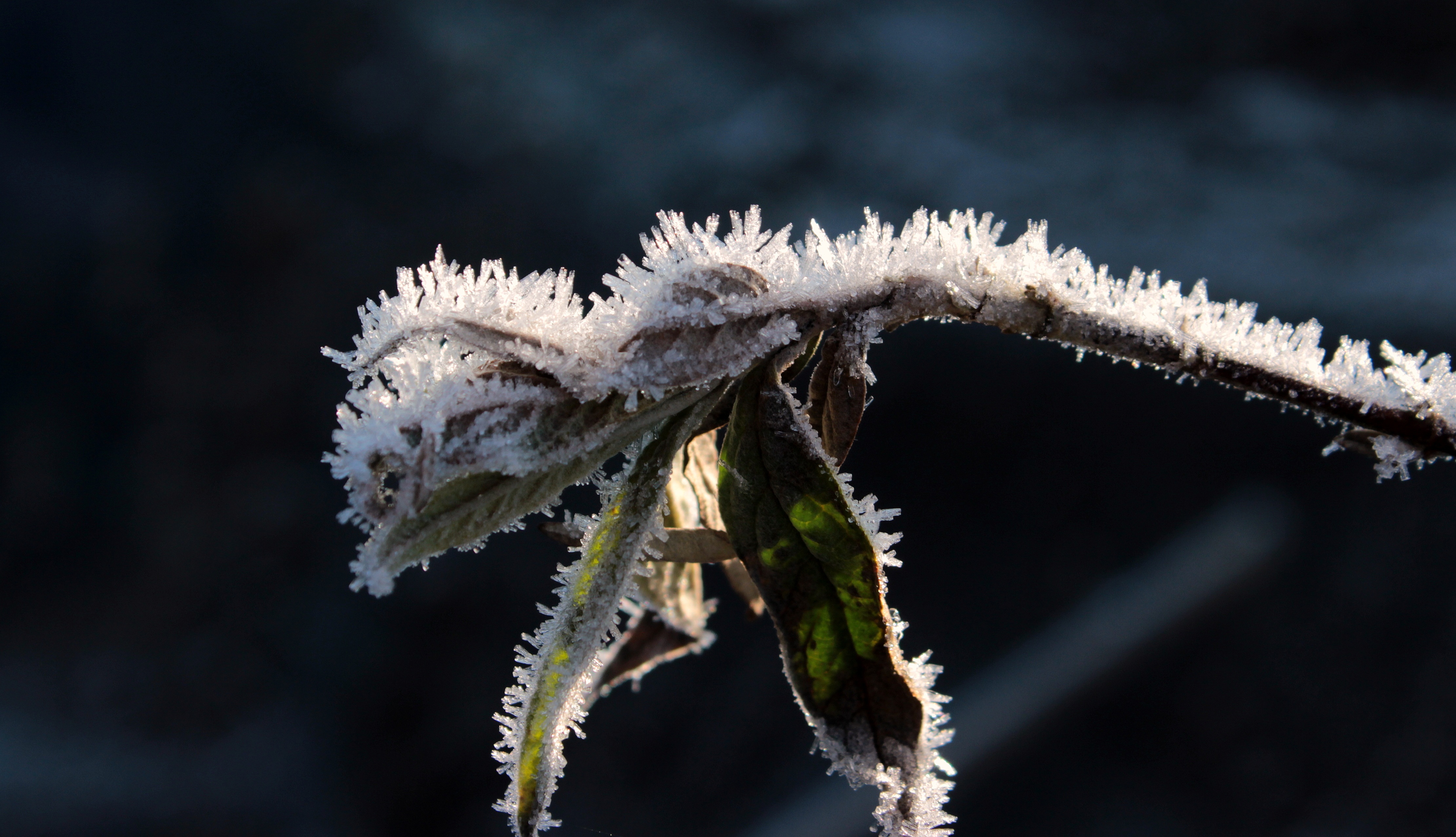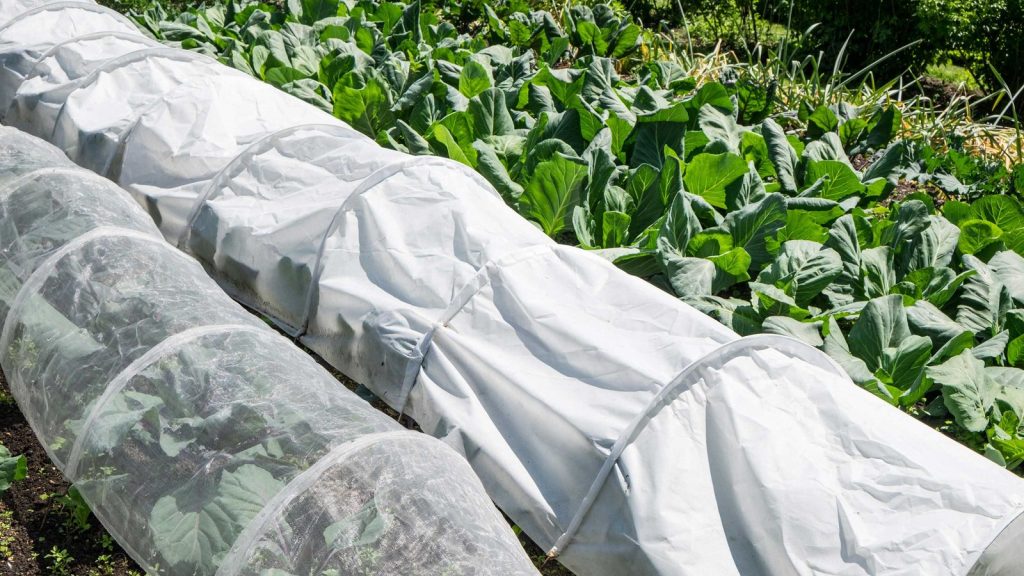In the United States, as the days grow shorter and the air turns crisp, the arrival of frost becomes a topic of concern for gardeners and plant lovers. Understanding frost temperature is essential for anyone looking to protect their plants and extend the growing season. This article explores what frost temperature means, how it affects plants, and practical tips for protecting your garden.
What Is Frost Temperature?
Frost temperature refers to the point at which the air temperature drops to 32°F (0°C) or below, causing moisture in the air to freeze. This phenomenon can occur even if the official air temperature is slightly above freezing. Frost typically forms on surfaces like grass, car roofs, and plants during calm, clear nights when the surface temperature falls below the dew point.
The Difference Between Frost and Freeze
While frost and freeze are often used interchangeably, they have distinct definitions:
-
Frost: Occurs when surface temperatures dip to 32°F or lower, even if the air temperature is slightly higher. Frost is usually light and patchy, affecting sensitive plants.
-
Freeze: Happens when air temperatures drop to 32°F or lower for extended periods. A freeze can cause significant damage to plants, especially tender vegetation.
How Frost Temperature Affects Plants
Frost and freeze can have varying effects on plants depending on the duration and severity of the cold. Frost damage often appears as burnt leaf edges or leaf and bloom drop. In contrast, freeze damage can be more severe, as water in plant cells freezes and expands, leading to wilting, browning, or blackening of the plants.
When Does the First Frost or Freeze Occur?
The timing of the first frost or freeze varies by region and year. In the United States, the National Gardening Association provides tools to estimate average frost and freeze dates for different areas. However, these dates can change annually based on weather patterns. Gardeners should monitor local forecasts and use weather apps like AccuWeather to stay informed about potential frost or freeze events.
Protecting Your Plants from Frost and Freeze
If a frost or freeze is forecast, there are several steps you can take to protect your plants:
-
Cover Plants: Use sheets, blankets, or frost cloths to cover sensitive plants. This helps trap heat and protect them from the cold.
-
Bring Potted Plants Indoors: Move potted plants inside to shield them from the elements.
-
Water Plants Before the Cold: Watering plants before a frost can help insulate them, as moist soil retains heat better than dry soil.
-
Use Heat Sources: Place heat lamps or other heat sources near vulnerable plants to provide additional warmth.
The Science Behind Plant Adaptation to Cold

Researchers are studying how plants adapt to cold temperatures and frost. A recent study published in The Plant Cell by Annalisa John and colleagues at RPTU Kaiserslautern-Landau sheds light on the cellular mechanisms plants use to survive cold stress. The research focuses on the role of FAX1, a protein involved in lipid synthesis, and its degradation during cold conditions.
Tips for Extending the Growing Season
Gardeners in the United States can take advantage of several strategies to extend the growing season:
-
Plant Cold-Tolerant Species: Choose plants that can withstand cooler temperatures, such as kale, spinach, and broccoli.
-
Use Raised Beds: Raised beds warm up faster in the spring and stay warmer in the fall, providing a longer growing period.
-
Mulch Gardens: Apply mulch to insulate the soil and protect plant roots from extreme temperature fluctuations.
Conclusion
Understanding frost temperature is crucial for gardeners and plant lovers in the United States. By recognizing the difference between frost and freeze, monitoring weather forecasts, and taking protective measures, you can safeguard your plants and enjoy a longer growing season. As research continues to uncover the science behind plant adaptation to cold, we gain valuable insights into how to better care for our gardens in changing climates.
Author: [Name]
Title/Role: [Job Title or Expertise]
Credentials: [Brief summary of qualifications or experience]
Profile Link: [Optional profile link]
Sources:
– National Gardening Association
– AccuWeather
– Rheinland-Pfälzische Technische Universität Kaiserslautern-Landau
Internal Links:
– How to Winterize Your Garden
– Best Cold-Tolerant Plants for Fall
– Understanding Plant Stress in Cold Weather
Call to Action:
Stay updated with the latest news and gardening tips to make the most of your growing season. Explore today’s headlines and learn how to protect your plants from frost and freeze.
URL Slug: understanding-frost-temperature
Image Optimization:



Schema Markup:
{
"@context": "https://schema.org",
"@type": "Article",
"headline": "Understanding Frost Temperature: What You Need to Know",
"description": "Learn about frost temperature, its impact on plants, and how to protect your garden.",
"author": {
"@type": "Person",
"name": "[Name]"
},
"publisher": {
"@type": "Organization",
"name": "[Your Organization]",
"logo": {
"@type": "ImageObject",
"url": "[Logo URL]"
}
},
"datePublished": "2025-10-15"
}
Featured Snippet:
Frost temperature occurs when the air temperature drops to 32°F or lower, causing moisture to freeze. It can damage plants, especially tender vegetation. To protect your garden, cover plants, bring potted plants indoors, and monitor weather forecasts for frost alerts.











More Stories
Winter 2025-26 U.S. Weather Forecast: What to Expect Across the Country
When Is the Time Change 2025: Key Dates and What It Means for You
When Is the Next Meteor Shower Tonight? Your Guide to Peak Viewing Times